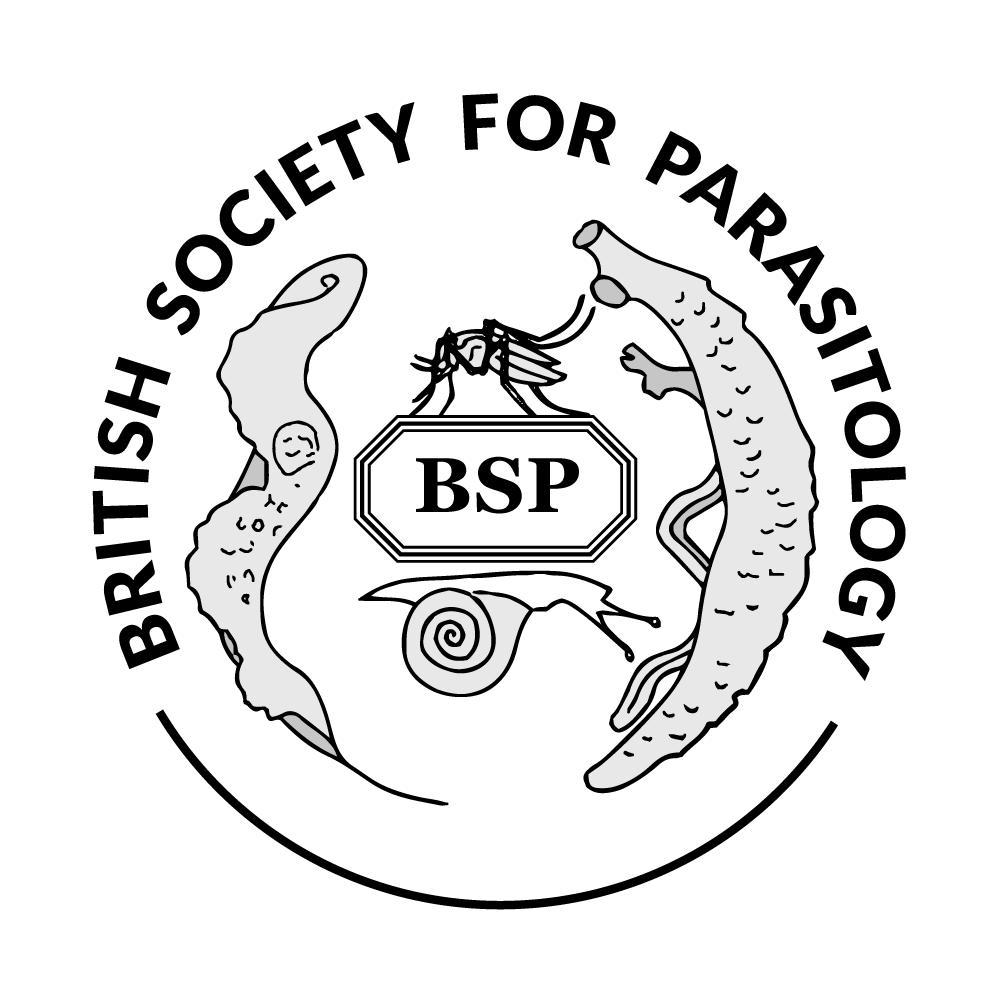

|
Poster
5 |
ONCHOCERCIASIS AMONG SCHOOL AGED CHILDREN IN ULANGA DISTRICT, TANZANIA. A CROSS-SECTIONAL STUDY ON BURDEN AND ASSOCIATED TRANSMISSION FACTORS AFTER MORE THAN TWO DECADES OF COMMUNITY DIRECTED TRETMENT WITH IVERMECTIN |
Background: Onchocerciasis is a neglected tropical disease caused by the helminth parasite Onchocerca volvulus. It is transmitted to humans by the bite of an infected vector, a black fly of Simulium genus. Onchocerciasis is associated with dermatological itching and lesions (nodules and onchocercoma), growth impairment (Nakalanga syndrome) and neurological manifestations (Nodding syndromes). Efforts have been directed to the control of morbidity and elimination of the disease through mass drug administration of ivermectin for 12-15 years according to WHO guidelines. However, despite interventions, the disease remains prevalent in most African foci, and there is an increasing evidence of comorbidities associated with the disease such as epilepsy among children in onchocerciasis endemic areas.
Most studies reported aggregated prevalence of adults and children, masking the actual burden of the disease in pediatric age in the endemic areas. Since children's exposure reflects the ongoing transmission and the efficacy of interventions put in place, there is a need to focus studies on this specific population to guide future interventions.
Objective: Theobjective of this study was to determine the burden of onchocerciasis and factors associated with continued transmission in school aged children in Ulanga District, Morogoro Region-Tanzania.
Material and methods: A school based cross-sectional study was conducted among school aged children aged 6 to 12 years, randomly selected from three cluster-sampled schools. Exposure of participants to O. volvulus was determined by OV-16 IgG4 rapid test. Symptoms, knowledge and practices related to onchocerciasis were assessed through an interview-administered questionnaire. Descriptive statistics was used to summarize prevalence and symptoms of onchocerciasis; factors associated with the disease were analyzed through bivariate analysis and multivariate analysis was used to confirm factors significantly associated with the disease.
Results: A total of 270 participants were included (41.5% males, 58.5% females). The prevalence for onchocerciasis was 19.6%, with males being more infected than females (25.9% vs 15.2%; p=0.03). Gender difference is likely due to activities that increase exposure in males, even though no association was reported between infection and the activities analyzed in this study.
Prevalence increased with age (1.3%; 23%; 23.2% respectively for participants aged 6-8; 9-10 and 11-12 years; p < 0.001) and was higher in rural compared to urban areas (3.2% vs 37.9%; p<0.001). Even though participants in the rural area (Msogezi) reported high ivermectin uptake, they also had the highest infection rate (62.3% of all the positive individuals ) suggesting continued exposure to Onchocerca volvulus in the rural setting.
The factors that were significantly associated with onchocerciasis transmission were ivermectin uptake, with AOR=3.17(1.53-6.58; p= 0.002.), age with AOR=21.55 (2.01-230.63 p=0.011 for participants aged 9-10 and AOR of 31.45(2.73-362.27; p= 0.006) for participants aged 11-12 years and sex, with AOR=2.2 (1.13-4.28; p= 0.02).
Conclusions and recommendations
There is high prevalence of Onchocerca volvulus exposure (19.6%) among SAC in Ulanga district despite more than 20 years of CDTI suggesting continued transmission, children being indicators of newly acquired infection. The only factors that were significantly associated with continued transmission of onchocerciasis were age, sex and ivermectin uptake.
There is a need for integrated approach adding health education interventions to mass drug administration with ivermectin.
.